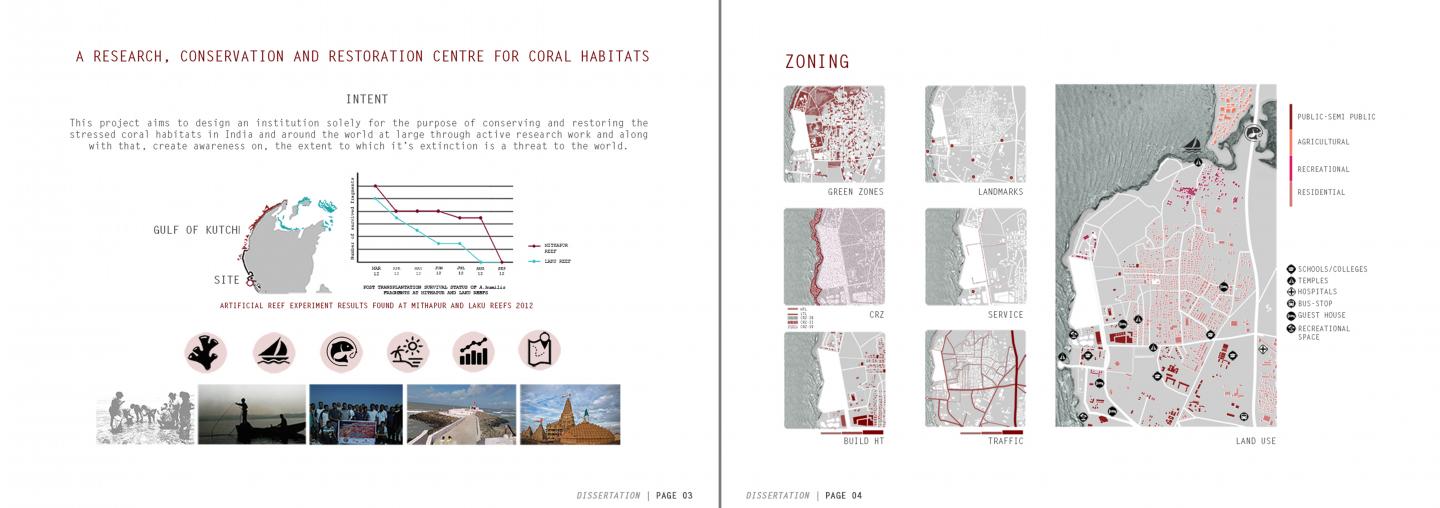Coral reefs are some of the most diverse and valuable ecosystems of India. The coral reefs not only provide a sanctuary to a myriad of marine life but also play a key role in protecting the coastline from erosion. India has around 8,000 km of coastline. The major reef formations in India are restricted to the Gulf of Mannar, Palk bay, Gulf of Kutch, Andaman and Nicobar Islands and the Lakshadweep islands. This project reviews that the status, distribution, research and management of coral reefs in India. In India coral reefs are being damaged and destroyed at an increasing rate. They face a number of worsening anthropogenic threats, including bleaching, destructive fishing practices, pollution and climate change. The Reef condition is generally poor and declining in near shore waters and areas of high population density. Sedimentation, dredging and coral mining are damaging near shore reefs, while the use of explosives and bottom nets in fishing are damaging offshore reefs in specific sites. Although institutions and laws are sufficient in theory to manage and protect the reefs in India, authorities in the field have taken little effective action in implementing these laws. The AIM is to protect,conserve and restore the ever endangered coral reefs and create awareness on the extent to which it’s extinction is a threat to the world through an institution that would focus on providing research,education and awareness for the same.
Objectives:
1. To help coral reefs survive the ravages of climate change and warming waters.
2. Provide better research facilities that will help in discovery of new,sustainable and faster methods of coral reef management.
3. Building a strong public awareness on Coral reef Conservation and their value.
4. Provide a platform for national, inter-national scientific meetings, workshops to be organised that will help in reaching out to a larger part of the
community and a better future.
LIMITATIONS:
1. A coastal site construction is going to face a lot of structural problems.
2. All the services with specification and details will not be possible to provide.
3. Coastal sites are critical seismic zones, hence building bye- laws will be a restriction to the design to a certain extent.
2019
0000
Bridge the gap between research and awareness by connecting public spaces to witness the live research in labs and underwater farming.Employment for local coastal community, involving them in basic coral farming techniques.Using virtual reality,holograms and other advanced technologies for better knowledge and exposure.
Reaching out to a major part of the society (children, adults and senior citizens), specially the new generations for a better future through knowledge and awareness.An approximate footfall of the structure would be 300 people in a day.
Individual project





